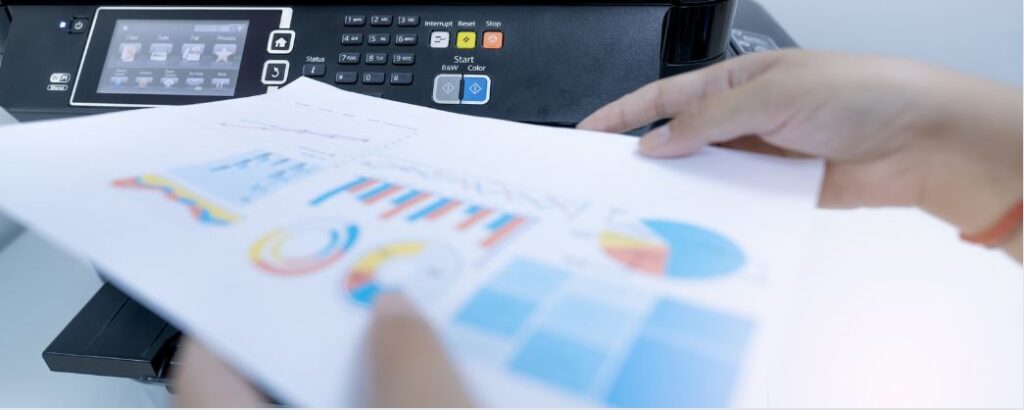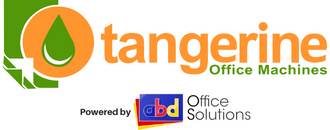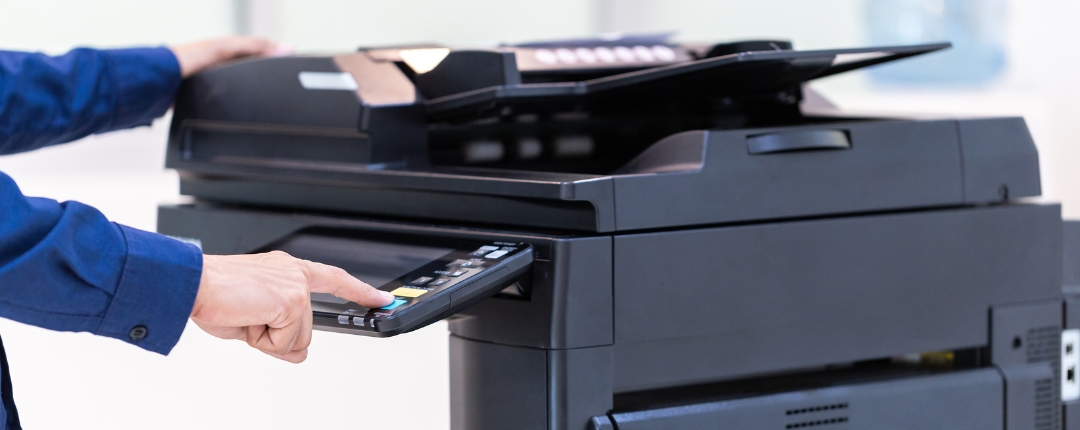In an office setting, efficiency is key. Every aspect of workflow, from communication to document management, contributes to the overall productivity of the workspace. Your office copier stands as a crucial tool. However, determining the appropriate speed for your office copier can be a nuanced decision, one that requires consideration of several factors to ensure optimal performance. So, how many pages per minute (PPM) is the right print speed for your office copier?
Understanding Pages Per Minute (PPM)
Pages per minute, or PPM, is a metric used to measure the speed of a copier in terms of how many pages it can produce within a minute. This metric serves as a fundamental indicator of a copier’s efficiency and capability to handle the workload demanded by an office environment. However, simply opting for the highest PPM might not always be the best solution, as other factors come into play.
Assessing Office Needs
Before determining the ideal PPM for your office copier, it’s essential to assess your office’s specific requirements. Consider factors such as the volume of copying tasks performed daily, the types of documents typically copied, and the variability in workload throughout the day.
For a small office with limited copying needs, a lower PPM may suffice, whereas a larger enterprise dealing with high-volume copying demands would benefit from a copier with a higher PPM. Additionally, consider whether your office requires features such as duplex printing, collating, and stapling, as these functionalities can impact the overall efficiency of your copier.

Here’s a breakdown to guide your decision-making process:
Less than 3,000 Pages
For offices with minimal copying demands, typically less than 3,000 pages per month, a copier with a lower PPM (around 20-30 PPM) should suffice. These smaller-scale copiers offer cost-effective solutions without compromising quality, making them ideal for small businesses or home offices.
10,000+ Pages
Offices generating between 10,000 to 30,000 pages per month require copiers with moderate to high PPM (30-60 PPM). This range strikes a balance between speed and quality, catering to medium-sized businesses or departments within larger organizations.
30,000+ Pages
Medium to large enterprises producing 30,000 to 40,000 pages monthly benefit from copiers with higher PPM rates (60-90 PPM). These copiers streamline workflow efficiency, handling substantial volumes without sacrificing print quality, making them suitable for busy office environments with diverse copying needs.
40,000+ Pages
For high-volume environments generating 40,000 to 50,000 pages monthly, copiers with ultra-high PPM (90+ PPM) are essential. These copiers deliver exceptional speed and performance, ensuring seamless operation in demanding settings such as large corporations, print shops, or centralized reprographic departments.
50,000+ Pages
For extremely high-volume environments exceeding 50,000 pages per month, specialized copiers capable of handling ultra-high volumes (100+ PPM) become indispensable. These copiers are engineered for maximum productivity and reliability, serving critical roles in industries with intensive printing requirements, such as publishing, education, or legal services.
Balancing Speed and Quality
While faster PPM rates can significantly enhance productivity by reducing wait times, it’s crucial to strike a balance between speed and quality. Higher PPM rates may sometimes compromise print quality, leading to issues such as smudging, streaking, or poor image resolution.
To ensure optimal output quality, particularly for documents with graphics or images, it’s advisable to test copiers at various PPM rates to determine the point at which speed meets acceptable quality standards. Additionally, investing in copiers equipped with advanced image processing technologies can help mitigate quality concerns at higher PPM rates.

Considering Future Growth
When selecting a copier for your office, it’s prudent to consider potential future growth and scalability. Opting for a copier with a slightly higher PPM than your current needs anticipate can accommodate future expansion without necessitating frequent upgrades.
Furthermore, assess whether the copier offers modular options for upgrades or additional features, allowing you to adapt to evolving business requirements seamlessly. Scalability ensures that your copier investment remains relevant and cost-effective over the long term.
Environmental Impact and Cost Considerations
Beyond performance considerations, evaluating the environmental impact and cost-effectiveness of your copier choice is essential. Copiers with higher PPM rates typically consume more energy, contributing to increased operational costs and environmental footprint.
Conversely, opting for a copier with a lower PPM may result in reduced energy consumption and lower operational costs, particularly for offices with sporadic copying needs. Additionally, consider factors such as maintenance costs, toner usage, and the availability of cost-saving features like automatic power-saving modes.
Conclusion
In conclusion, determining the ideal PPM for your office copier involves a careful assessment of your office’s specific requirements, balancing factors such as speed, quality, scalability, and cost-effectiveness. By understanding your copying needs and considering the long-term implications of your copier choice, you can select a solution that maximizes productivity, minimizes costs, and aligns with your environmental goals. Remember, the right PPM isn’t just about speed; it’s about finding the perfect balance between efficiency and functionality for your unique office environment.

